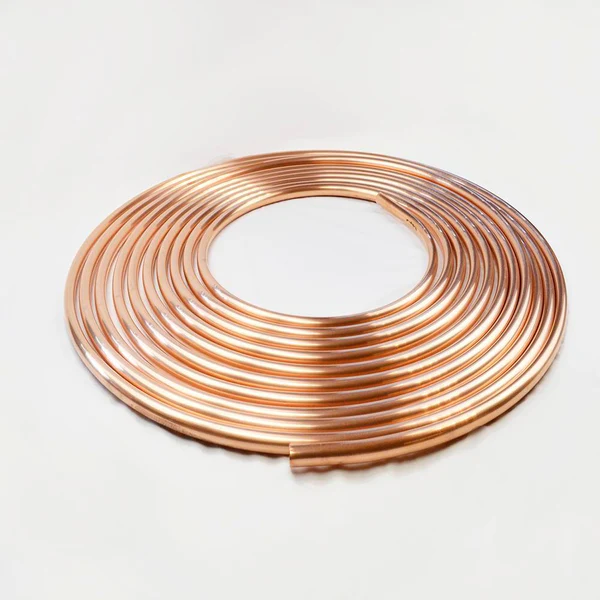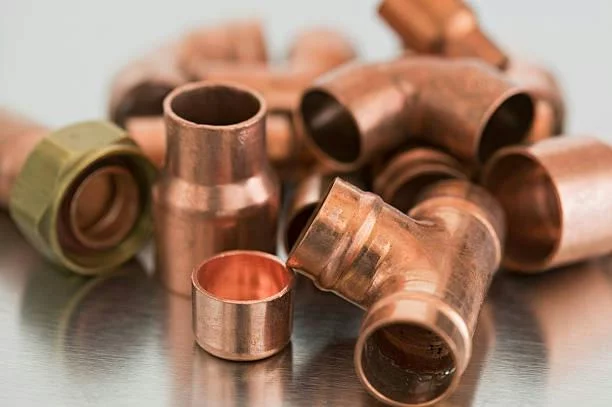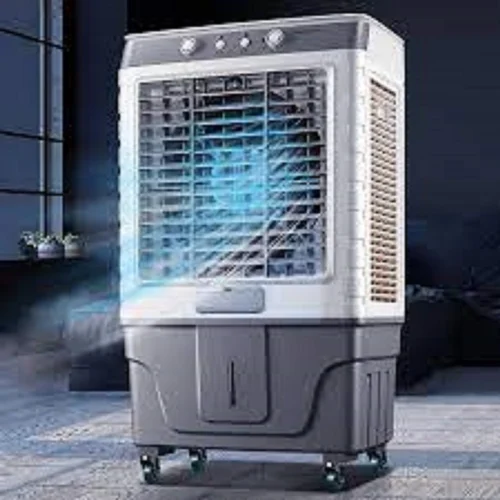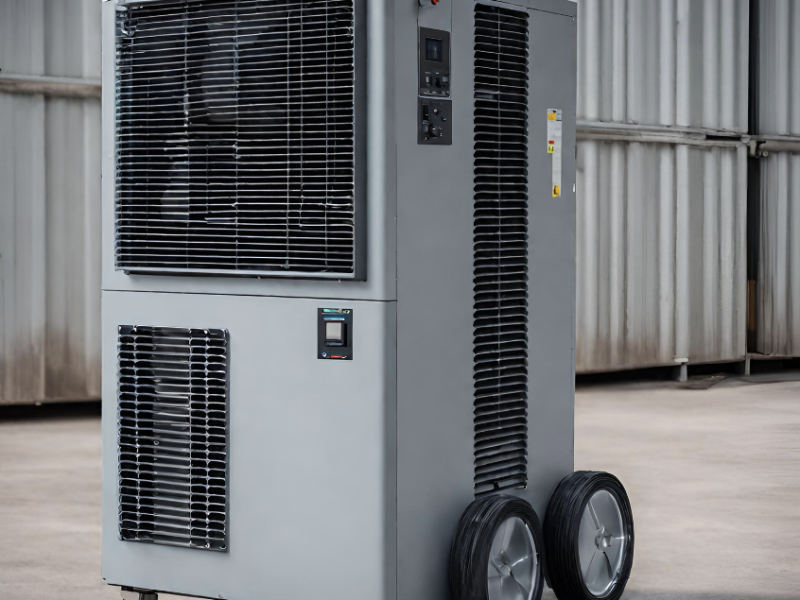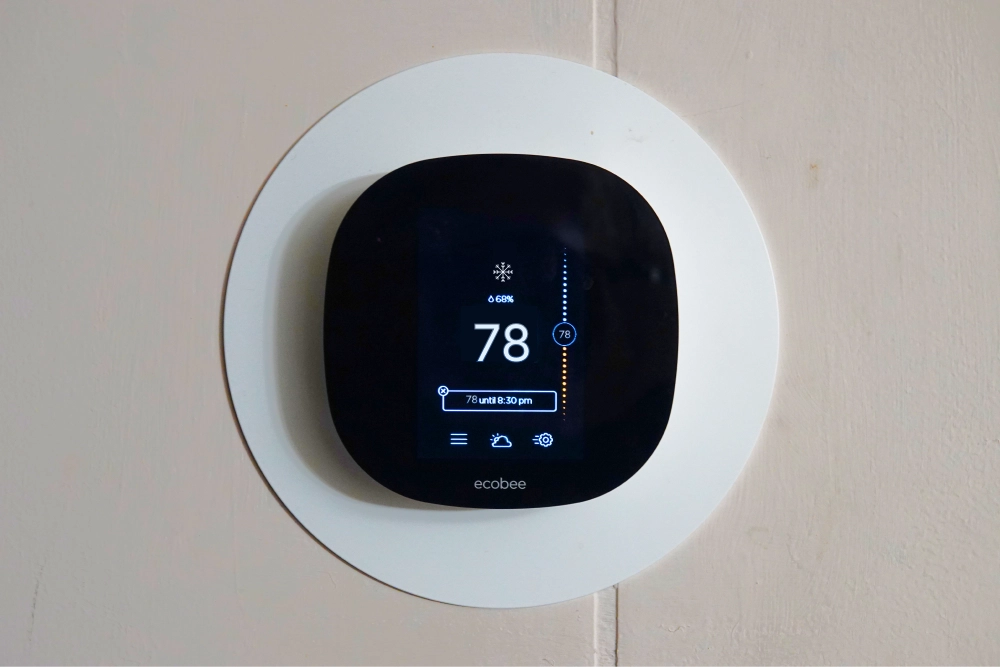
Take Control of Your Home’s Climate: A Guide to Thermostats for AC
Are you constantly battling with your home’s temperature? Tired of sky-high energy bills? It might be time to upgrade your thermostat! This comprehensive guide covers everything you need to know about thermostats for AC, from understanding how they work to choosing the perfect model for your home.
Why Thermostats Matter
Thermostats are the control centre of your HVAC system, directly impacting your comfort and energy consumption. Upgrading to a modern thermostat can:
- Improve comfort and temperature consistency
- Reduce energy bills and save money
- Provide convenient control over your home’s climate
Understanding How Thermostats Work
Thermostats work by sensing the ambient temperature and signalling your heating or cooling system to turn on or off. They use different mechanisms:
- Mechanical: Utilize bimetallic strips that expand and contract with temperature changes.
- Electronic: Employ digital sensors for more accurate temperature readings.
- Smart: Connect to Wi-Fi, offering advanced features like remote control and learning capabilities.
| Type | Operation | Precision |
|---|---|---|
| Mechanical | Physical expansion | Low |
| Electronic | Digital sensing | High |
| Smart | AI-driven | Very High |
Choosing the Right Thermostat for Your Home
Several factors influence which thermostat is right for you:
- HVAC System Compatibility: Ensure the thermostat is compatible with your heating and cooling system.
- Desired Features: Consider features like programmable schedules, remote access, and learning algorithms.
- Budget: Thermostats range from basic, affordable models to high-end smart thermostats.
| Type | Features | Cost |
|---|---|---|
| Smart | Remote control, learning algorithms, geofencing | Higher |
| Traditional | Basic temperature control, programmable options | Lower |
Installing Your Thermostat (DIY vs. Professional):
DIY Installation Tips:
- Turn off power to the HVAC system at the breaker box.
- Remove the old thermostat.
- Label the wires before disconnecting them.
- Install the mounting plate.
- Connect the wires to the new thermostat according to the instructions.
- Attach the new thermostat to the mounting plate.
When to Call a Professional:
- Complex wiring or multiple zones
- Safety concerns
- Smart thermostat integration
- Lack of experience with electrical work
Common Installation Mistakes to Avoid:
- Incorrect wire connections
- Improper thermostat placement (avoid direct sunlight, drafts, or exterior walls)
- Forgetting to level the thermostat
- Not programming the thermostat after installation
Maximizing Energy Efficiency with Your Thermostat:
Optimal Temperature Settings:
- Summer:
- Occupied: 78°F (26°C)
- Unoccupied: 85°F (29°C)
- Winter:
- Occupied: 68°F (20°C)
- Unoccupied: 60°F (16°C)
| Season | Occupied | Unoccupied |
|---|---|---|
| Summer | 78°F | 85°F |
| Winter | 68°F | 60°F |
These settings can help you save up to 10-15% on your energy bills.
Troubleshooting Common Thermostat Issues:
- Display Not Working: Check and replace batteries.
- Incorrect Temperature Readings: Calibrate the thermostat sensor.
- Short Cycling (HVAC system turning on and off frequently): Check for airflow obstructions or wiring issues.
When to Replace Your Thermostat:
- Thermostat is over 10 years old.
- Frequent malfunctions or inaccurate readings.
- Lack of energy-saving features.
- Upgrading to a smart thermostat for enhanced control and efficiency.
Maintenance Tips for Thermostat Longevity:
- Regularly dust the thermostat.
- Check and replace batteries as needed (for non-hardwired models).
- Schedule professional HVAC maintenance to ensure proper system operation.
Conclusion
Choosing the right thermostat and using it effectively can significantly impact your comfort and energy savings. By understanding the different types of thermostats, proper installation techniques, and energy-saving strategies, you can take control of your home’s climate and create a comfortable and efficient living environment.

